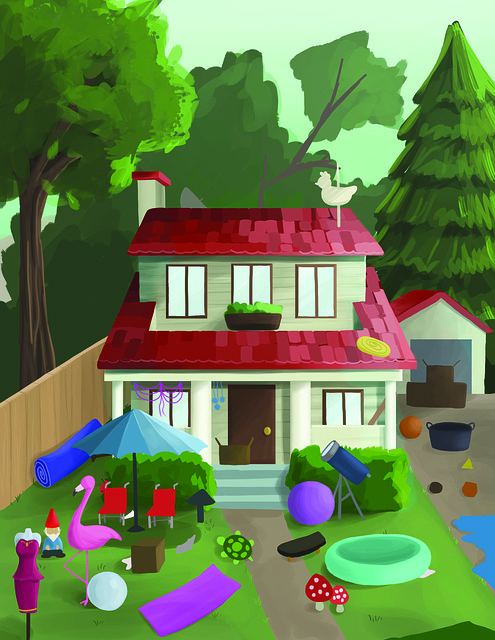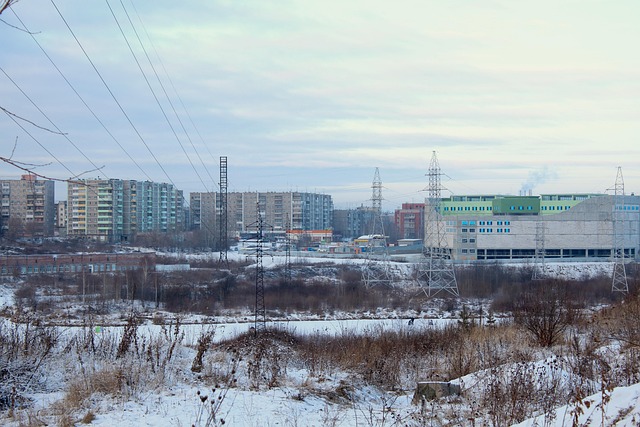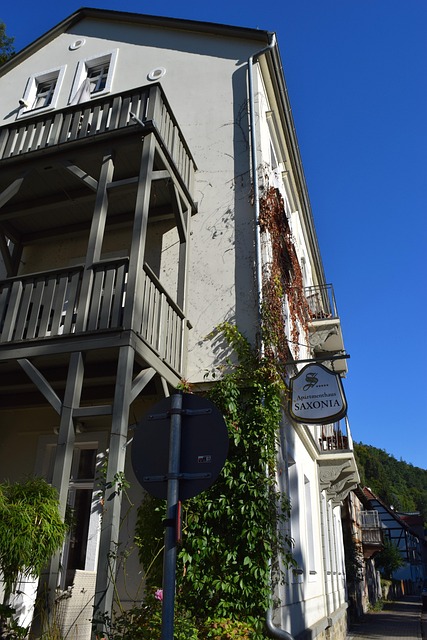Sacramento's "bad neighborhoods" face challenges like high unemployment, poor education, and underdeveloped infrastructure, creating a cycle of poverty. Revitalization strategies include targeted investments in affordable housing, improved services, and economic growth. By fostering safer, vibrant environments, Sacramento encourages investment, enhancing quality of life for residents and boosting property values, making selling houses in formerly troubled areas more feasible. Successful transformations like South Sacramento and the Riverfront area demonstrate the impact of public-private partnerships and community involvement. Active engagement from residents, businesses, and leaders is key to aligning development with local needs, fostering pride, and elevating neighborhood attractions for buyers considering properties in previously challenged parts of Sacramento.
Sacramento’s urban landscape, like many cities, faces challenges with neighborhoods in decline. The article delves into understanding and reversing this trend, focusing on Sacramento as a case study. We explore key factors contributing to neighborhood deterioration and present successful revitalization strategies.
Key aspects covered include community engagement, collaboration, and practical tips for homeowners looking to sell houses in challenging areas of Sacramento, offering insights into turning around bad neighborhoods.
- Understanding the Challenge: Why Sacramento Bad Neighborhoods Need Turnaround
- Identifying Key Factors: Causes of Decline in These Areas
- Strategies for Revitalization: Successful Examples in Sacramento
- The Role of Community Engagement and Collaboration
- Selling Houses in Bad Neighborhoods: Tips for Homeowners Looking to Move
Understanding the Challenge: Why Sacramento Bad Neighborhoods Need Turnaround

Sacramento, like many cities, has areas that struggle with poverty, crime, and blight—often referred to as “bad neighborhoods.” These communities face a unique set of challenges that require focused and comprehensive solutions for turnaround. Understanding why these neighborhoods need a revival is crucial to attracting new investments and residents. Many factors contribute to the decline of these areas, including high unemployment rates, lack of quality education, limited access to healthcare, and underdeveloped infrastructure.
The cycle of poverty often deepens these issues, making it difficult for residents to sell house in bad neighborhoods Sacramento or find opportunities outside these areas. Revitalization efforts aim to break this cycle by investing in affordable housing, improving local services, and fostering economic growth. By creating a safer, more vibrant environment, Sacramento can encourage people to invest in these communities, leading to a better quality of life for residents and a stronger city overall.
Identifying Key Factors: Causes of Decline in These Areas

Many Sacramento neighborhoods have faced challenges, leading to areas deemed “bad.” Understanding the root causes of this decline is pivotal for any turnaround strategy. Factors such as high crime rates, lack of investment, and declining property values create a vicious cycle that can isolate communities and deter economic vitality.
When considering selling a house in a bad neighborhood Sacramento, it’s essential to recognize these issues. However, by addressing underlying causes—including improving public safety through better policing and community initiatives, revitalizing local infrastructure, and attracting new businesses or investment—it becomes possible to breathe new life into these areas. Transforming these neighborhoods not only enhances the quality of life for residents but also increases property values, making it a more attractive prospect for prospective buyers.
Strategies for Revitalization: Successful Examples in Sacramento

Revitalizing Sacramento’s challenging neighborhoods requires a multi-faceted approach, combining public and private investments, community engagement, and innovative strategies. One successful example is the transformation of South Sacramento, where collaborative efforts between local authorities, business owners, and residents have led to significant improvements. This includes revamping infrastructure, introducing cultural events, and implementing economic development initiatives, which have not only increased property values but also fostered a sense of community pride.
Another notable turnaround story involves the once-neglected Riverfront area. By focusing on urban renewal, green spaces, and attracting businesses, Sacramento has successfully revitalized this neighborhood, making it an attractive destination for both residents and visitors. These examples demonstrate that with the right strategies, communities can reclaim and transform even the most challenging areas, offering hope for those considering selling their houses in previously troubled neighborhoods of Sacramento.
The Role of Community Engagement and Collaboration

The transformation of a Sacramento neighborhood, especially one previously considered problematic, requires a collective effort and active community engagement. When residents come together, they can identify the unique challenges their community faces and collaborate to devise sustainable solutions. This collaborative approach ensures that the turnaround efforts are not only effective but also tailored to meet the specific needs of the area. By fostering open communication and encouraging participation from all stakeholders, including local businesses, community leaders, and government agencies, Sacramento can effectively revitalise these neighborhoods.
Community engagement plays a pivotal role in ensuring that any development or improvement plans are inclusive and aligned with the aspirations of the residents. Involving the community in decision-making processes empowers them to take ownership of their surroundings, encouraging a sense of pride and collective responsibility. This collaboration can lead to innovative ideas for urban renewal, such as implementing green spaces, improving infrastructure, or revitalising local businesses, ultimately enhancing the quality of life for those who call these areas home and making them more desirable places to live, including those looking to sell house in bad neighborhood Sacramento.
Selling Houses in Bad Neighborhoods: Tips for Homeowners Looking to Move

Selling a house in a challenging Sacramento neighborhood can be an exciting opportunity for homeowners looking to move. When considering a change, it’s crucial to understand that areas with potential issues often require specific strategies to attract buyers and secure a successful sale. One of the primary tips is to highlight the area’s transformations; buyers are drawn to neighborhoods on the rise. Homeowners can achieve this by staging their properties to showcase their unique features and amenities while emphasizing nearby developments or upcoming projects.
Additionally, presenting a well-maintained home in a neighborhood with potential for growth can be appealing. Regular upgrades, fresh paint, and meticulous landscaping not only increase the curb appeal but also reflect a wise investment. When selling a house in a bad Sacramento neighborhood, it’s essential to market the property’s accessibility; highlight convenient transportation options, nearby schools, or emerging local businesses that contribute to an area’s revitalization.
Sacramento’s challenging neighborhoods offer opportunities for positive change. By understanding the root causes of decline, implementing successful revitalization strategies, and fostering community engagement, these areas can undergo significant transformations. For homeowners considering a move from a struggling area, there are practical tips available to navigate the process effectively. Remember that, in the context of Sacramento’s bad neighborhoods, both community collaboration and informed decision-making are key to ensuring a brighter future for all residents. When it comes to selling houses in bad neighborhoods Sacramento, staying informed about the local market and leveraging community resources can make all the difference.
